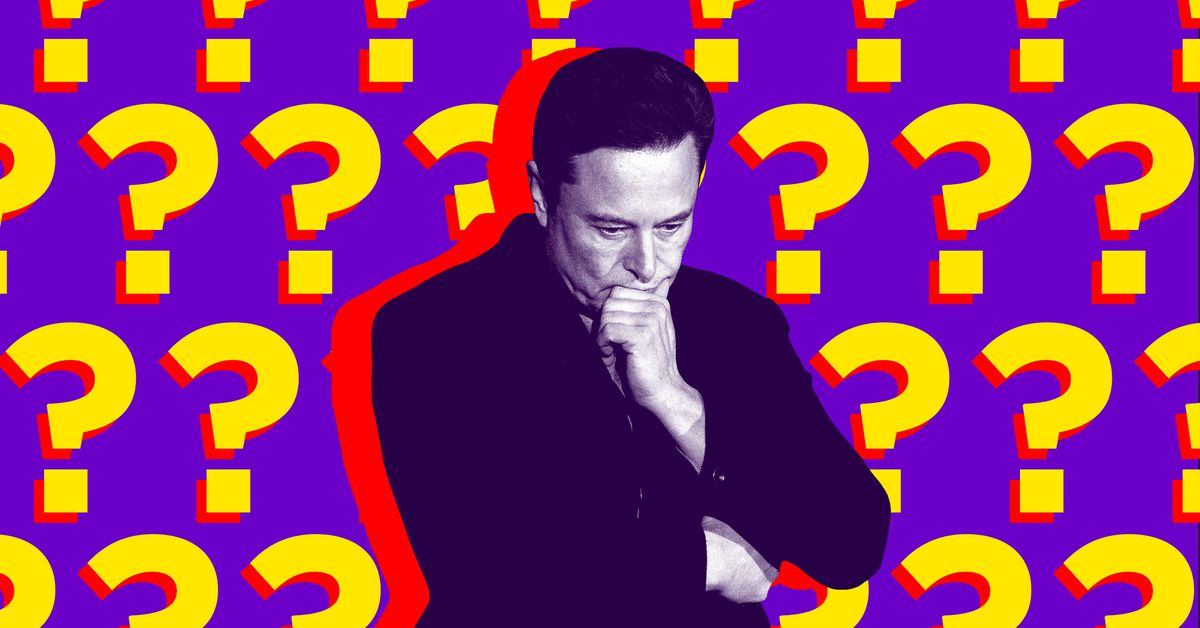The Tesla CEOs’ Compensation Plan. A Shareholder Suggestion for a Failure of Musk and the Board of Directors in the S&P 500
In March of 2018, shareholders approved Musk’s compensation plan, which led to his rise to 41 on the billionaire’s index. It had lost nearly $2 billion the year before and struggled to overcome production delays as it manufactured its mass-market Model 3 sedan. During the year Musk joked about going bankrupt and spoke about being in production hell as well as delivery logistics hell.
A topic of discussion is Musk’s management style. He leads several ventures outside of Tesla: the aerospace company SpaceX; his tunneling venture The Boring Co.; a brain interface startup, Neuralink; and Twitter. It’s uncommon for executives to hold multiple CEO titles.
The shareholder who filed the suit alleges that the board lacked independence from Musk when approving the compensation plan. The board included Musk’s brother Kimbal, as well as friends Antonio Gracias and Steve Jurvetson. Bothurvetson and Gracias have left the board.
There may be debate over large stock grants given to executives. The median pay at the companies was $10,400 per year, but the S&P 500 CEOs earned an average of more than three times that. The disparity has grown over time.
Tesla’s board of directors have claimed that it created the plan “after more than six months of careful analysis with a leading independent compensation consultant as well as discussions with Elon.”
The complaint states that the board of directors did not lack independence from Musk. Kimbal Musk was on the board with his friends Anthony Gracias and Steve Jurvetson. (Jurvetson and Gracias have since left Tesla’s board.)
The lawsuit was certified as a class action case by the court. Due to the drawn- out nature of litigation, it has taken years for the case to move through the system.
She noted that Glass Lewis and Institutional Shareholder Services both recommended against the compensation plan for the users of the company.
“Given that that entire board is very much under the influence of Musk it’s hard to know that anything that they did would be following proper process,” she said.
Predictions from the Delaware Court of Chancery for Collision-Involved Autonomous Vehicle (LEAVY)/SolarCity (LEVE)
The trial is expected to last a week. Sometimes Chancery court judges rule from the bench. It can take weeks to months for a decision to be issued.
Musk is a frequent visitor to the Delaware Court of Chancery. He almost had a trial for his acquisition ofTwitter last month. He was called to testify before the court about the SolarCity acquisition. This April a judge ruled in Musk’s favor.
There have been at least a dozen crashes involving the use of autopilot in electric cars that have slammed into stationary emergency vehicles. Autopilot has contributed to a number of fatal crashes in the past, and the families of deceased drivers have sued Tesla for wrongful death. The Department of Justice is investigating dozens of crashes of autopilot vehicle, some of which were fatal.
Some safety experts have argued that driver-assist technology like Autopilot encourages drivers to be less attentive. If universally deployed, Musk claims that the autopilot could save half a million lives. Meanwhile, the US Department of Transportation recently began collecting data about ADAS-related crashes, but it’s too soon to draw many insights.
“It should not be assumed that Riad was blindly relying on Autopilot, simply because he was driving a Tesla,” criminal defense attorney Cody Warner, who specializes in autonomous vehicles, wrote in Law360. “But it’s hard to escape the conclusion that Tesla’s recent reputation for moving quickly and breaking things — even at the expense of public safety — has been imputed to Riad.”
The DOJ investigation and class action lawsuit are likely to be points by the lawyers for the client that is not solely responsible for the fatal crash. Whatever the outcome, Tesla’s reputation as a hard-charging automaker that’s too comfortable with risk is likely to come under increased scrutiny.
